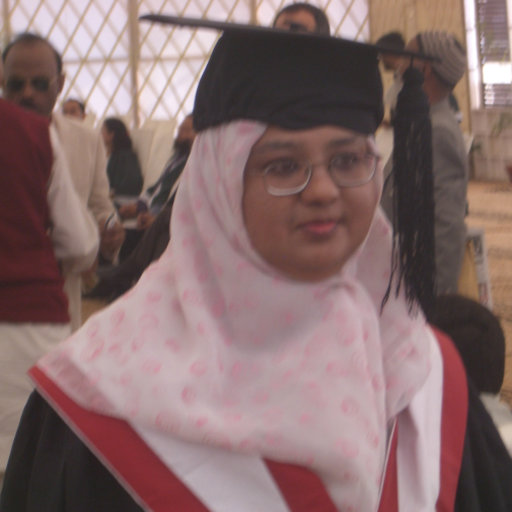Scientific Program

Samiyah Tasleem
Karachi University, Pakistan
Title: What, When , Where and How – Happenings of COVID-19
Biography:
Samiyah Tasleem has done Internship in Tabros Phrama, Training in Swiss Pharma as a microbiologist in quality control department for analysis of raw water, D.I. water and microbial contamination in raw material, Teaching Experience as Assistant Professor in Department of Pathology (Microbiology) Hamdard College of Medicine and Dentistry Hamdard University, Teaching Experience as Assistant Professor in Department of Microbiology, FUUAST, Karachi. (IPFP/HEC).
Abstract
Covid illness 2019 (COVID-19) is a contagious disease caused by severe intense respiratory disorder Covid 2 (SARS-CoV-2). The originally realized case was distinguished in Wuhan, China, in December 2019. The illness has since spread around the world, prompting an ongoing pandemic. Serious intense respiratory condition coronavirus 2 (SARS-CoV-2) is a novel severe intense respiratory disorder Covid. It was first separated from three individuals with pneumonia associated with the cluster of intense respiratory sickness cases in Wuhan. All underlying provisions of the original SARS-CoV-2 infection molecule happen in related coronaviruses in nature. Outside the human body, the infection is obliterated by family cleanser, which blasts its protective air pocket. SARS-CoV-2 is firmly identified with the original SARS-CoV. It is thought to have a creature (zoonotic) beginning. Hereditary examination has uncovered that the Covid hereditarily groups with the genus Betacoronavirus, in subgenus Sarbecovirus (lineage B) along with two bat-inferred strains. It is 96% indistinguishable at the whole genome level to other bat Covid tests (BatCov RaTG13).
The a large number of SARS-CoV-2 variations are assembled into either clades or lineages. The WHO, in a joint effort with accomplices, master organizations, public specialists, foundations and analysts, have set up classification frameworks for naming and following SARS-CoV-2 hereditary genealogies by GISAID, Nextstrain and Pango. Right now, the master bunch met by WHO has suggested the naming of variations utilizing letters of the Greek Alphabet, for example, Alpha, Beta, Delta, and Gamma, giving the support that they "will be simpler and more down to earth to talked about by non-logical audiences." Nextstrain divides the variations into five clades (19A, 19B, 20A, 20B, and 20C), while GISAID divides them into seven (L, O, V, S, G, GH, and GR). The Pango device bunches variations into lineages, with many flowing heredities being classed under the B.1 lineage.[ A few remarkable variations of SARS-CoV-2 arose in late 2020. Group 5 emerged among minks and mink ranchers in Denmark. After severe isolates and a mink killing effort, it is accepted to have been destroyed. As of July 2021, there are four predominant variations of SARS-CoV-2 spreading among worldwide populaces: the Alpha Variant (formerly called the UK Variant and formally alluded to as B.1.1.7), first found in London and Kent, the Beta Variant (formerly called the South Africa Variant and authoritatively alluded to as B.1.351), the Gamma Variant (formerly called the Brazil Variant and formally alluded to as P.1), and the Delta Variant (formerly called the India Variant and authoritatively alluded to as B.1.617.2) Utilizing entire genome sequencing, the study of disease transmission and displaying propose the Alpha variant VUI-202012/01 (the first variation being scrutinized in December 2020) in the B.1.1.7 ancestry sends more effectively than some different strains.
- Third Wave of COVID-19
- Outbreak of COVID-19
- Sacrifice and Risk of Frontline Warriors
- Treatment of COVID-19
- Vaccination
- Effect on Livelihood

